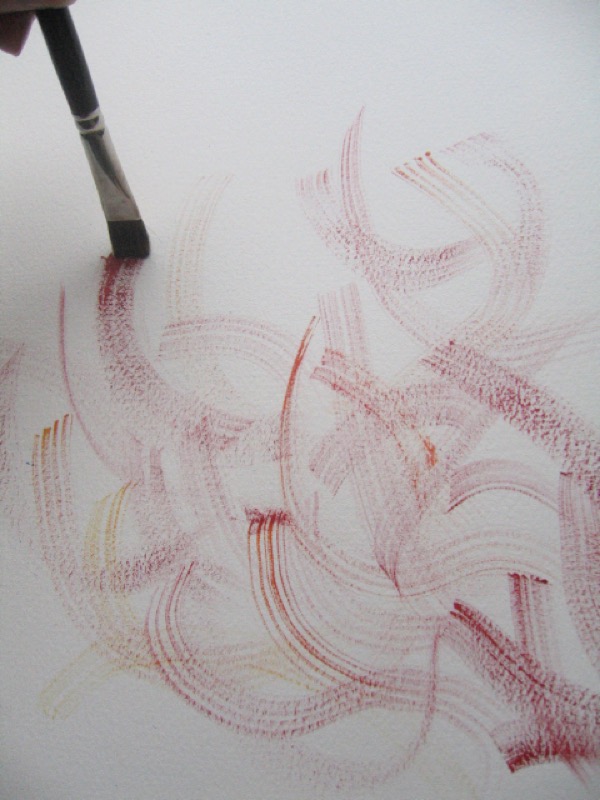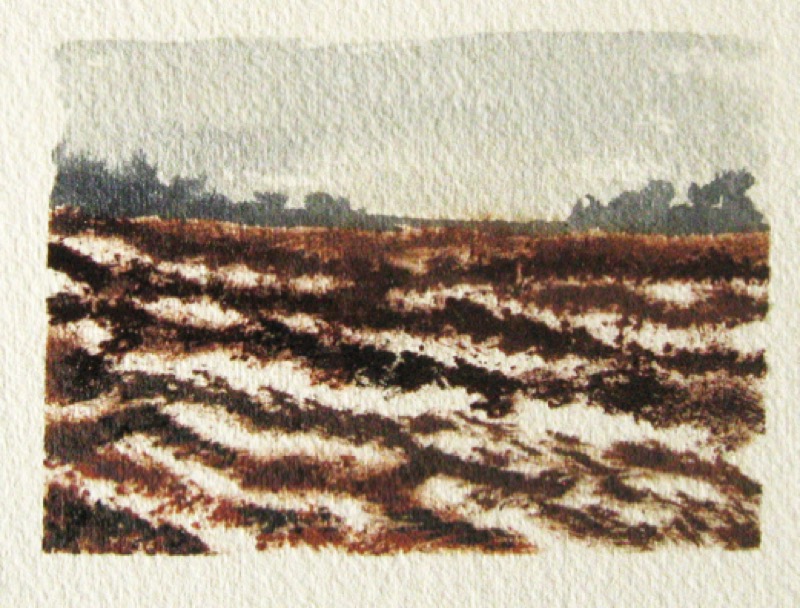Rain, grasses, feathers… the dry brush technique allows you to represent them using fine, feathery strokes!
What you need to know:
- Unlike the traditional watercolor technique, strokes are applied with a dry brush and a dab of paint.
- Too much paint or not enough? The only way to find out is by practicing!



